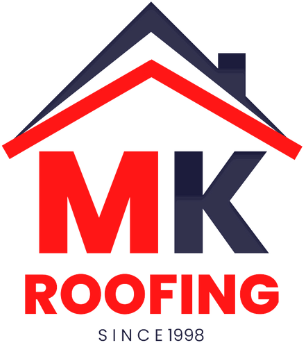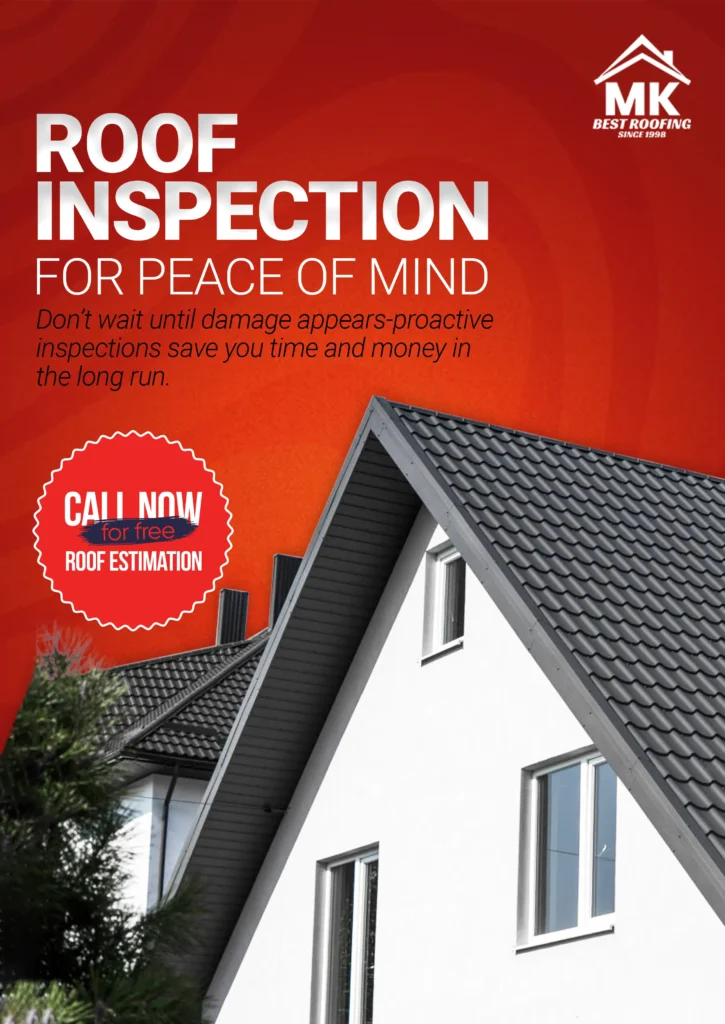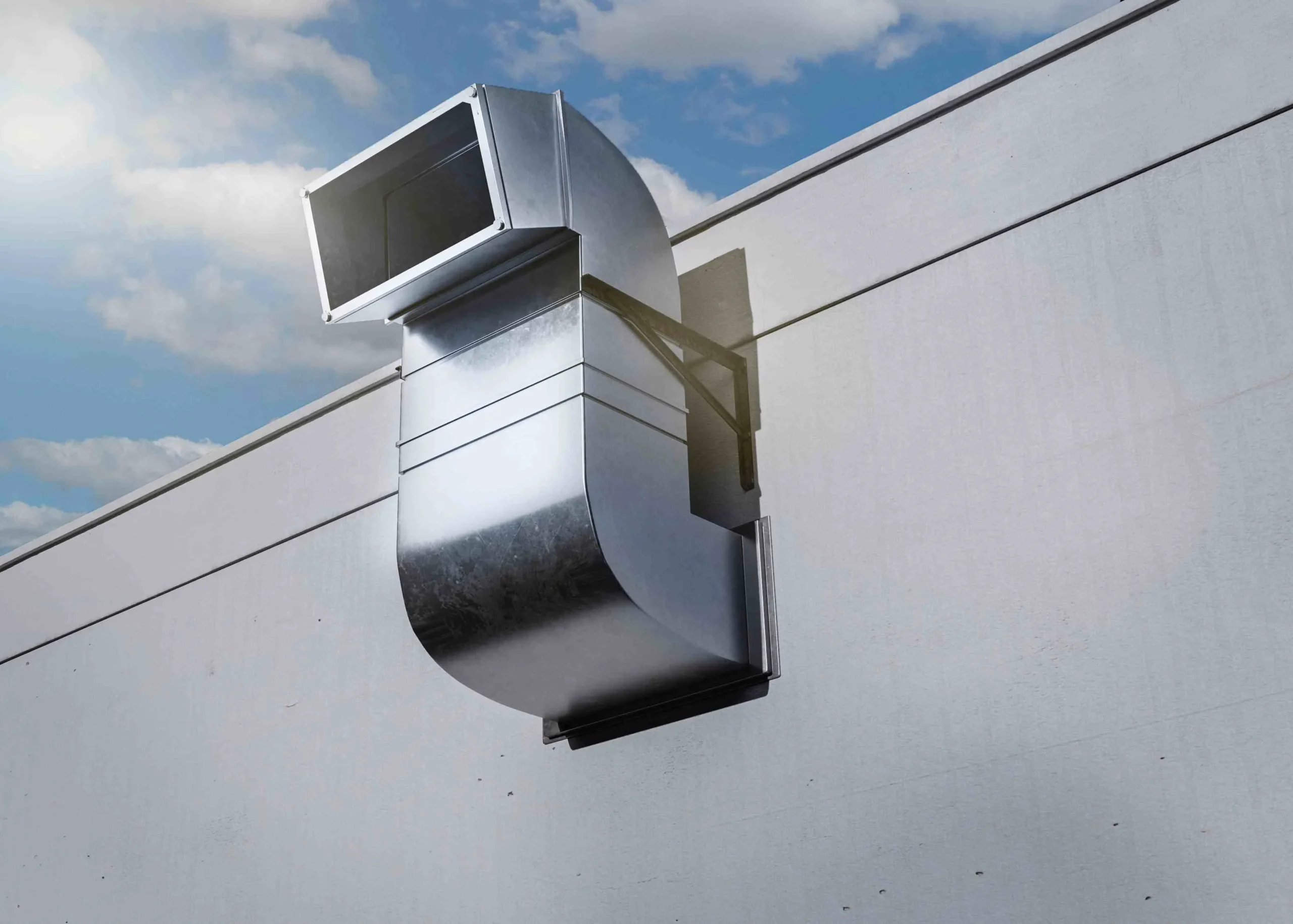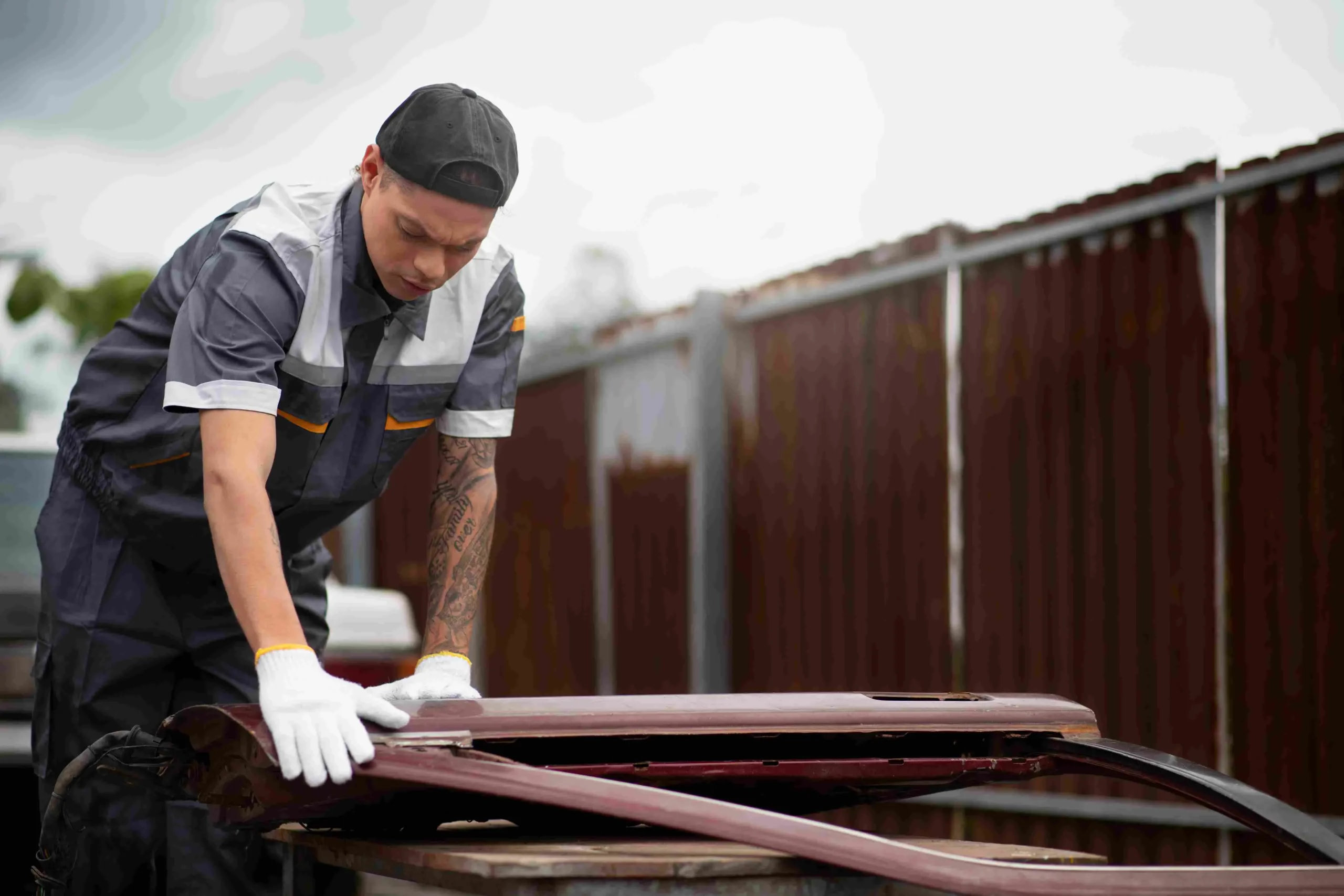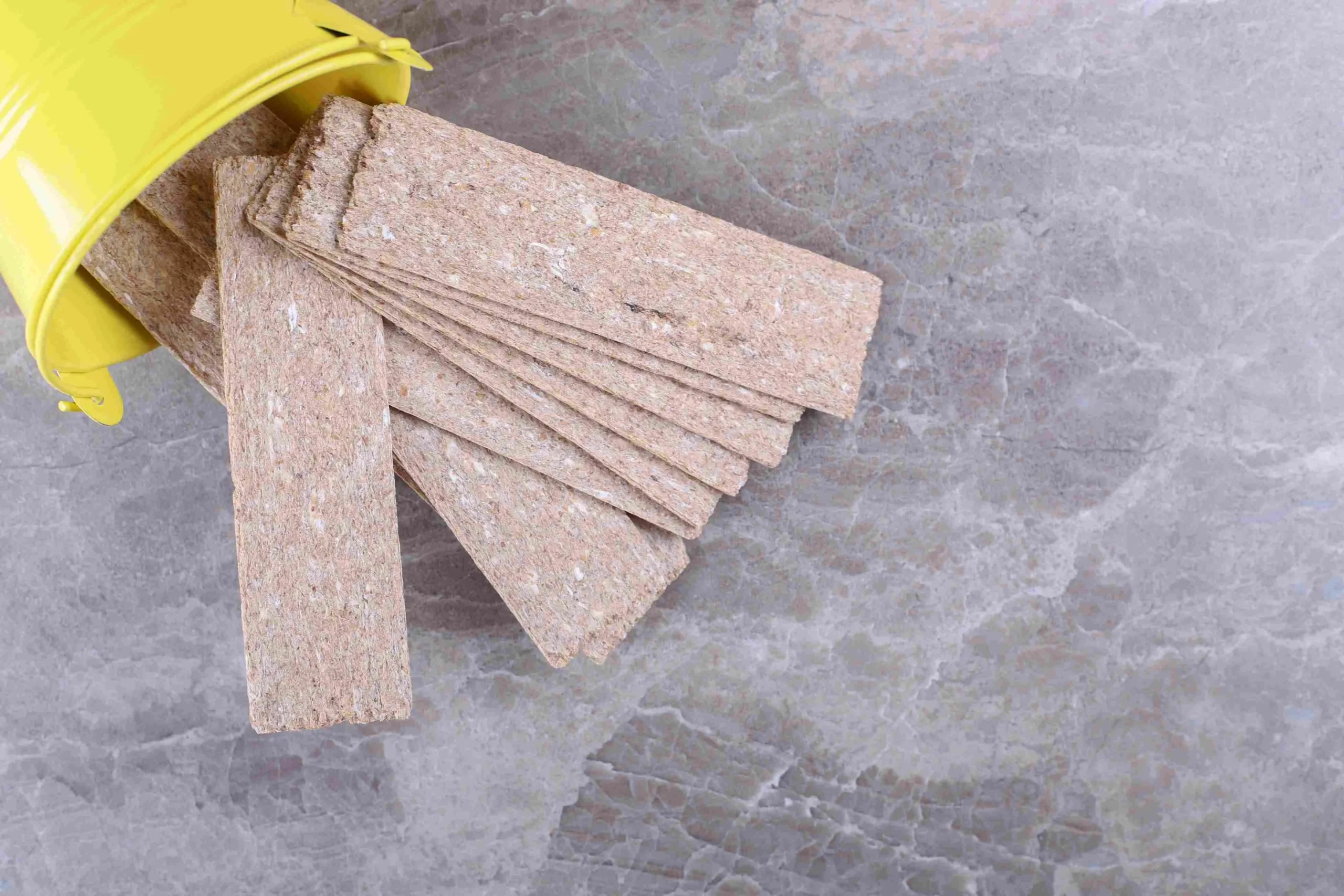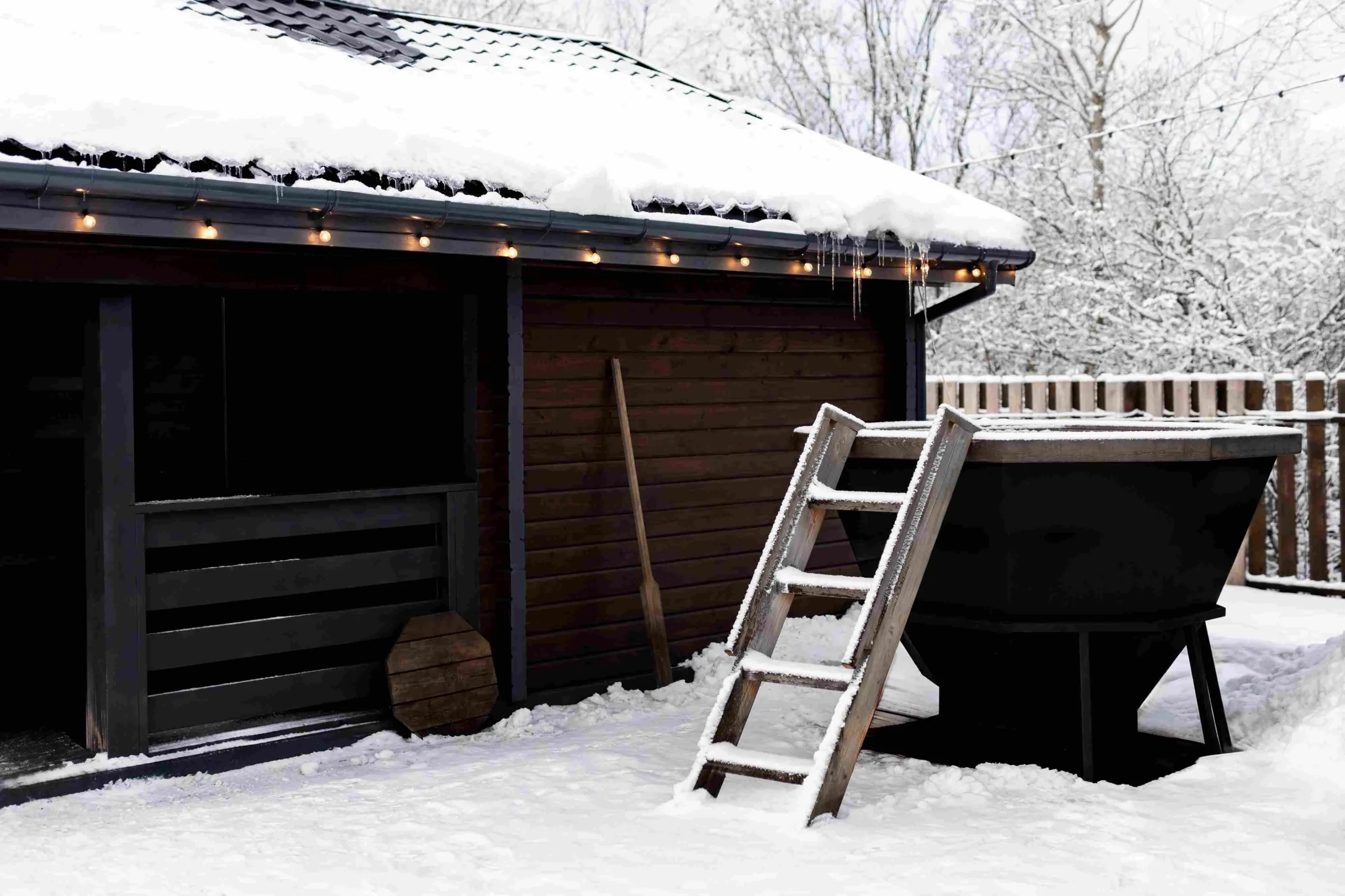Winter is considered the most picturesque of seasons — think of snow-laden trees and cozy rooftops, but an excessive amount of snow on your roof can pose a silent but deadly risk to your home. Although it may appear soft and innocent, snow is hefty and places a hefty load on your roof that may exceed its safe capacity. If left unaddressed, this can result in a sagging, leaking, water-damaged (or worse, catastrophically collapsed) ceiling. For those with homes in cold or snowy climates, it’s not just helpful but also crucial to know how much snow the roof of your home can handle to protect your home and family. Various factors, including snow density, roof pitch, materials, and age, can affect your roof’s load-bearing capacity.
In this blog, we’ll examine the science behind roof snow loads, how to estimate the maximum your roof can withstand, indicators of structural strain, and the most effective methods to protect your house from harm when the white stuff piles up.
What Is Roof Snow Load?
Roof snow load refers to the downward force that accumulated snow places on the surface of your roof, and it’s typically measured in pounds per square foot (psf). This load can vary greatly depending on several key factors: the density of the snow (with wet, compacted snow weighing much more than light, fluffy snow), the slope or pitch of the roof (steeper roofs shed snow more easily), and the materials and construction of the building itself. Local building codes also influence the amount of load a roof is designed to support, as they reflect regional weather conditions and safety standards. Every roof is engineered to handle a specific maximum load, and when snow buildup exceeds that threshold, the added weight can cause the structure to sag, crack, or leak. In severe cases, it may even lead to partial or complete roof collapse, posing risks to both safety and property.
Average Snow Load Capacity for Residential Roofs
- Standard load capacity: 20–40 psf
- Northern or high-snowfall areas: 50–70 psf
- Flat or low-slope commercial roofs: Designed for heavier, more sustained loads (up to 100 psf or more)
Your exact capacity depends on your location. For example, New York City roofs may support 30 psf, while homes in the Catskills or Adirondacks may be built for 50 psf or more due to snowier winters.
Signs Your Roof May Be Overloaded
Knowing the signs that your roof is under too much snow load will help you prevent major structural failure and even roof collapse. Although it’s not always apparent when your roof is strained, there are a few tell-tale signs to look for that likely indicate trouble. One of the most common signs is a noticeable sag along the roofline or interior ceilings, which can suggest that the snow load exceeds the roof’s design capacity. The crystals could have led to cracks in ceiling plaster or around interior walls as the framing shifted or was stressed. Unsettling creaks, groans, and pops from the attic or roof structure are signs that joists and rafters may be placed under stress.
Additionally, there may be ice dams or water leaks from overloaded gutters, indicating that the roof is supporting more weight than it was designed for. Another more discreet but significant sign is friction opening and shutting doors and windows; the weight of the snow can warp the structure’s frame. If you notice any of these signs, it is vital to act right away—waiting for snow to thaw on its own can cause catastrophic damage.
How Roof Shape Affects Snow Load
The shape and design of your roof play a significant role in how snow accumulates and the overall load it places on your home.
Roof pitch
is one of the most critical factors. Steep-slope roofs with a pitch of 6:12 or greater are generally better at shredding snow naturally. Gravity helps snow slide off more easily, which reduces the risk of excessive buildup and lowers the structural load on the ground. On the other hand, low-slope or flat roofs pose a higher risk because they allow snow to accumulate and remain for extended periods. These roofs must be designed with stronger support systems to safely handle the additional weight.
Roof design features
also influence snow load patterns. Architectural elements such as valleys, dormers, skylights, and other recessed or protruding structures can trap snow, leading to uneven accumulation. Wind can further complicate things by blowing snow into drifts that concentrate heavy loads in localized areas. These variations can create stress points on your roof that might not be immediately visible but increase the risk of leaks, sagging, or collapse if not accounted for in the building design.
What About Ice Dams?
Ice dams are among the most prevalent winter roof problems that can cause significant damage. They develop when warm air from the attic melts the underside of accumulated snow. Down on the roof edge, where this water strikes a colder overhang, it refreezes into a solid ridge of ice. The dams interfere with proper drainage, causing more water to be trapped behind the obstructions. This water will then seep under the shingles and access your underlayment, where it will eventually end up in your attic or living spaces. Ice dams also put a significant amount of weight on your roof and gutters, which are two places that are likely overstressed. Maximum protection from ice dams involves a combination of a well-insulated attic to keep your roof cold, adequate ventilation so that the roof remains at a consistent temperature and timely removal of snow from your roof’s edges.
How to Reinforce Roofs for Heavy Snow
If you live in an area that regularly receives heavy snowfall or you want added peace of mind for the winter, investing in snow reinforcement for your roof is a good idea. You can begin by sturdy-ing up rafters or trusses — adding more bracing or supports to help bear the burden of extra weight. Consider upgrading to a roofing material that offers added strength, such as snow-rated shingles, impact-resistant metal, or upgraded underlayments. Better attic insulation can also help minimize heat loss, thereby limiting the formation of ice dams and preventing uneven snowmelt. Snow stops/snowmelt systems are installed in order to avoid snow and ice from sliding off of roofs and causing damage to people (and gutters) below. At MK Best Roofing, we offer comprehensive inspections and customized reinforcement plans tailored to the unique shape and size of your roof.
Metal Roofs: A Best Option for Cold and Snowy Climates
Metal roofing is one of the best options for snow protection. The smooth surface and steep pitch allow snow to slide off metal, which keeps heavy piles from accumulating. This will also lower the chances of being overweight and limit ice dam buildup. Metal roofing is also very durable, allowing it to withstand multiple snow and ice occurrences without cracking, warping, or leaking. Its freeze-thaw resistance makes it a dependable option in cold conditions. With snow guards, you can safely and efficiently prevent the dangerous migration of snow and ice at the seams of the metal panels. In many cases, snow guards can also redirect snow and ice to the ground, thereby avoiding injuries or damage to pedestrians or shrubbery. If you’re facing the need for a new roof and you live in a snowy climate, spending a little more on a metal roof really might curb the aggravation and deliver decades of solid cold-and-snow protection with minimal E-Z winter upkeep.
Conclusion:
Snow can be deceptively weighty, and roofs are not indestructible. Know the snow load limit for your roof, and keep an eye on how much is accumulating – and you could save thousands in damage and keep your home safe all winter. Whether you require snow load evaluation, emergency removal, or winter-proof installation, MK Best Roofing is your professional provider on Long Island. Contact MK For Best Roofing to schedule an appointment for snow removal or a roof inspection. Your safety begins from the top.
